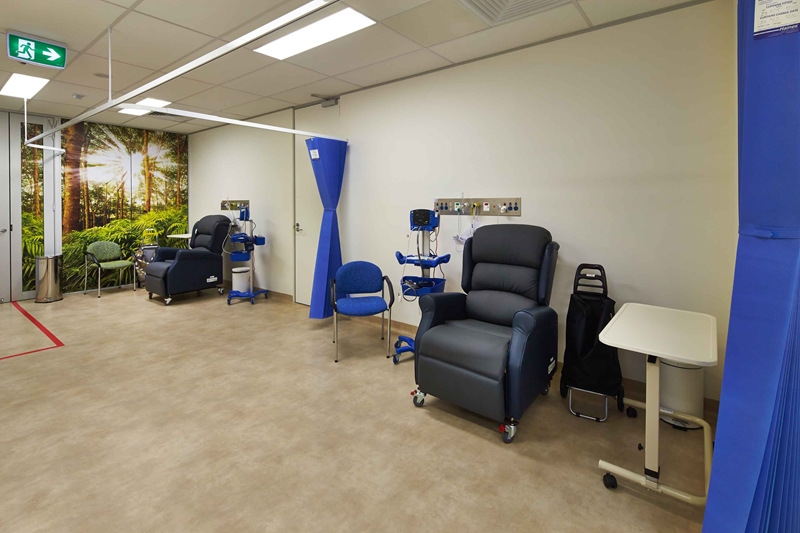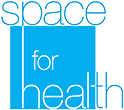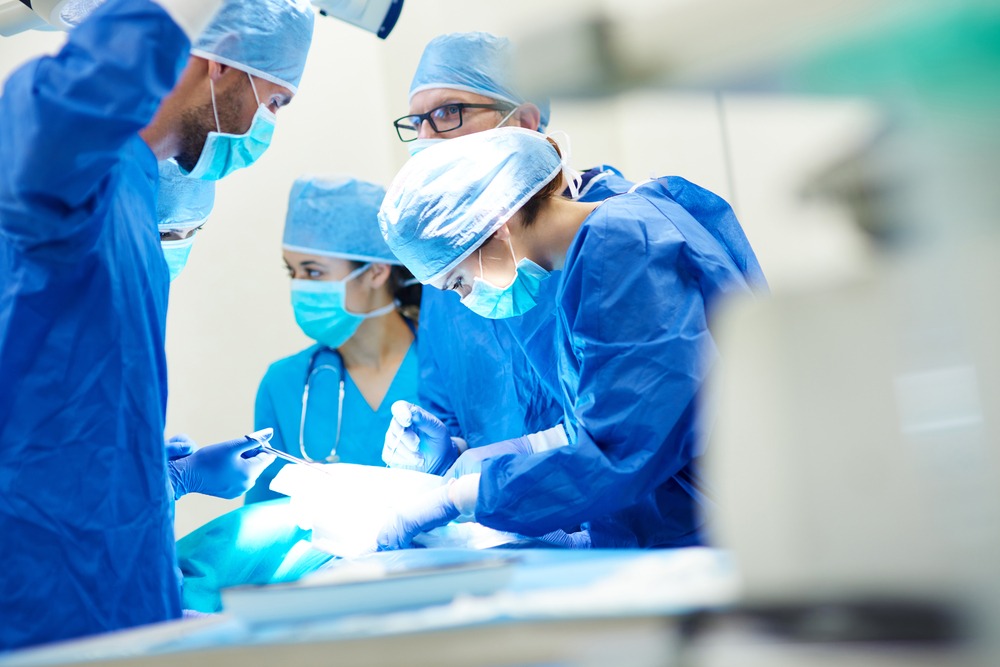Ergonomics is about support. Traditionally known as the study of someone’s working environment, the term has expanded to generally encompass someone’s relationship to that environment. In the context of a medical fit out, ergonomics is therefore crucial.
By studying how both medical professionals and their patients engage with workplace surroundings, we can glean some critical insight into what a best-case medical fit out looks like. To begin, let’s underline five key themes around ergonomics in medical facilities.
 Ergonomics are important for a people-first approach in medical facility design.
Ergonomics are important for a people-first approach in medical facility design.1) Ergonomics puts people first
By studying professionals’ and patients’ relationship with a medical environment, we discover new ways of making people both comfortable and productive. This people-first approach has not always been a driver in medical facility design – particularly in areas where real estate is a precious commodity and available space dictates design.
But as Australia’s population and average age continues to grow, a people-first focus in medical facility design will be critical. IBISWorld research suggests that Australia’s ageing population will be one of the biggest drivers of demand for health services in the coming years. By incorporating ergonomics into design, we create a medical industry that demonstrates it cares for people at every turn.
2) Ergonomics drives productivity
A negative aspect of this increased demand for health services is the strain on existing medical facilities. Medical professionals need an environment in which they can be productive without sacrificing quality of service to their patients. Even the simplest of ergonomic changes can have an impact here.
Research from Amick and colleagues (2011) indicates that just changing professionals’ chairs to ones with ergonomic design (alongside some training in behavioural ergonomics) can increase productivity by 17 per cent over a year.
3) Ergonomics improves aspects of health
Another key finding of the Amick research was ergonomic design’s positive impact on health. Ergonomic adjustments as mentioned above typically focus on musculoskeletal health. However, an added impact for research subjects was improved synthesis between their body’s visual demands and biomechanical ones.
Essentially, making people more comfortable makes them more capable of sustained visual focus, improving their ability to work. By incorporating ergonomics into medical facility design, we may improve health in more ways than one.
4) Ergonomics has a strong cost-benefit ratio
Recent studies from Knoll indicate that the benefits of ergonomic intervention far outweigh the cost of implementation. In fact, in medical working spaces with no doctor-patient contact, the ratio went as high as 24:1.
 How will your medical facility design incorporate ergonomics?
How will your medical facility design incorporate ergonomics?A key concern for medical fit outs is always going to be the cost. However, the initial outlay is only the start of the story. By focusing on the benefits of ergonomic methodology, we find that the long-term staff benefits can always be worth it.
5) Ergonomics teaches change management
For medical facilities that have not focused on ergonomic design, such an implementation can be an important part of learning change management. This was a key finding of the Knoll research, and one that can ring true for any facility.
Good ergonomics is more than installing a more comfortable chair – it’s teaching a serious of behaviours to staff or patients, and helping them make similar changes in every aspect of their life. This can be a significant shift for those involved, which makes formal change management an important part of the process.
Take control of your medical facility design
From chairs to screen heights to personal posture, ergonomics takes many forms. If your medical facility design doesn’t account for as many as possible, it may not deliver the outcomes you desire.
Ergonomics is a system that must be incorporated into the earliest steps of any facility fit out. To make sure you’ve covered everything you need to, contact the team at Space for Health.



